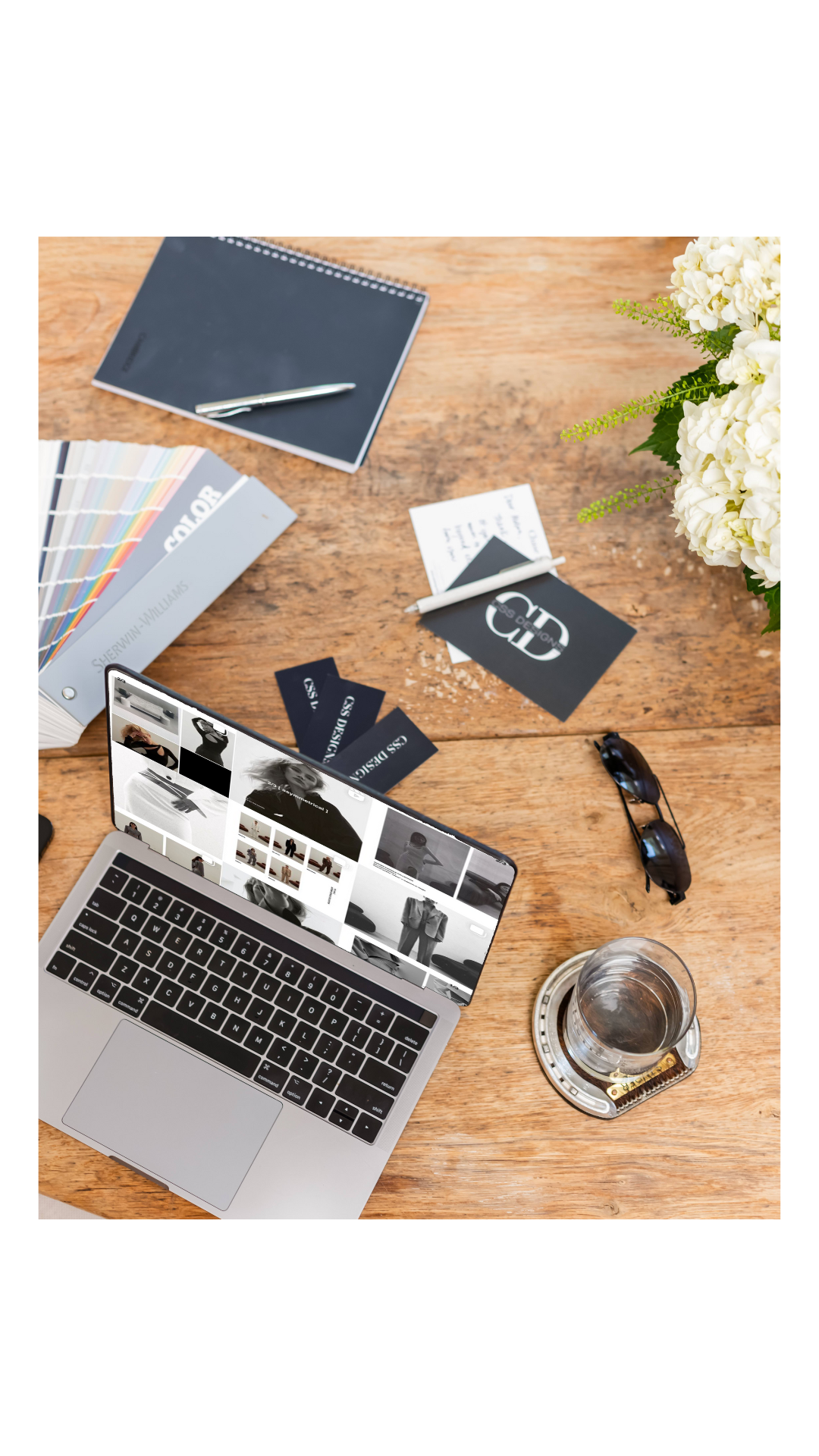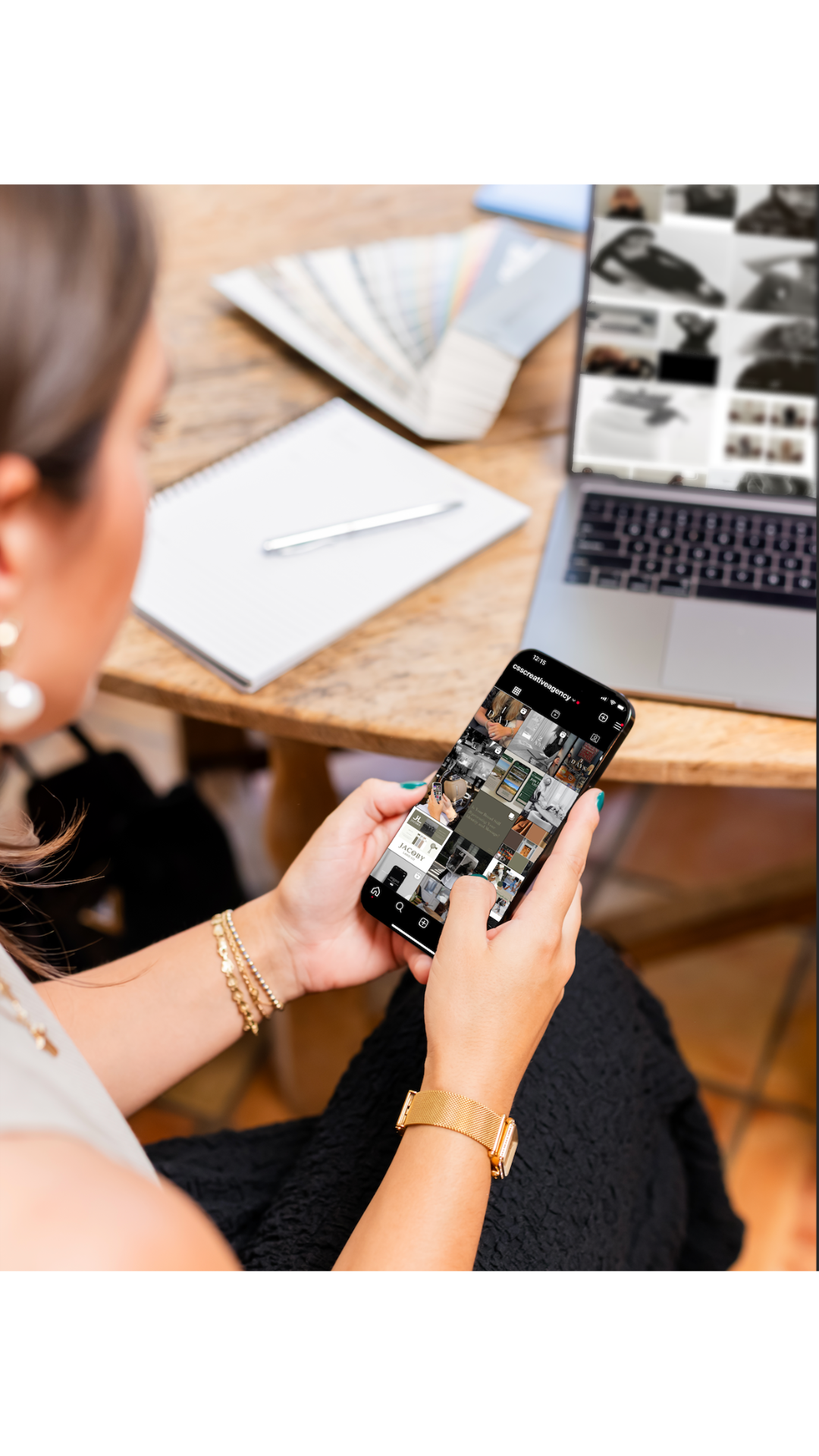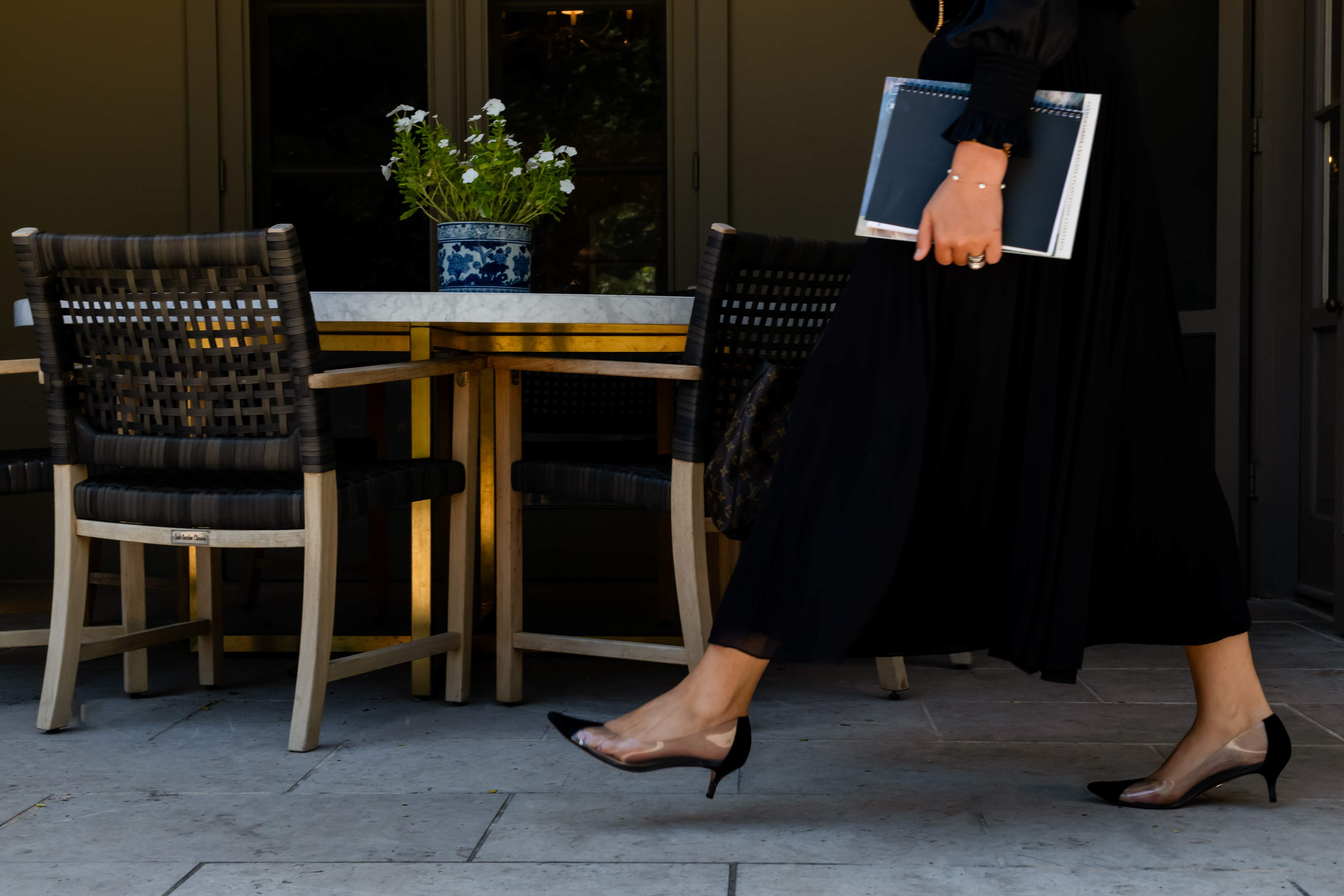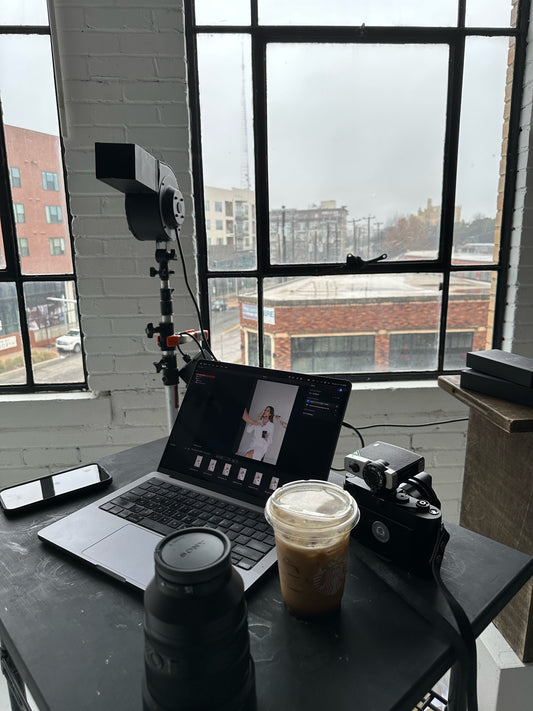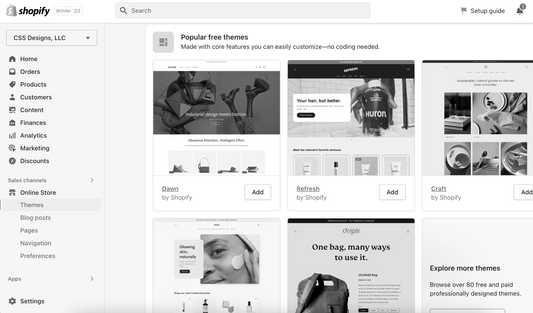We had such good feedback over our topic on color psychology that we thought we’d dive into it further since it is a super important thing to keep in mind while designing your brand. Color is so influential in human behavior and emotions that some people dedicate their whole life to the study of it. Here's a quick overview of what some of the most popular colors reflect in the human brain, the good and the bad!
RED
Red should be used carefully since it can influence impulsive behaviors (clearance tags) and can have a negative connotation (anger and mistakes come to mind). It can also increase appetite, which is why companies like McDonald’s and KFC use it in their branding. However, when used correctly, accents of red can also symbolize power, passion, energy, and strength.
ORANGE
Orange, like red, is another color that can overstimulate the senses. In some cases, it works well like in exercise branding, but can also be a bit overwhelming in the sense of caution (traffic cones), so you have to know when to use it. It is used to get attention and can evoke feelings of confidence, warmth, and energy.
YELLOW
Due to its long wavelength, yellow is one of the most striking colors, which is why it is used to grab attention with traffic signs. Yellow can make you feel optimism, happiness, and warmth, and closely mirrors what orange does as well. In a negative connotation, it can also be used to stimulate anxiety, fear, and caution.
GREEN
Green is actually the easiest color for human eyes to process, and that’s why it is associated with calmness. It inspires feelings of health, hope, and nature, just as the leaves on a tree in the spring do. You can often find green on health food and outdoor activity branding. The reverse side of green is that it can also remind you of sickness, envy, and boredom.
BLUE
Blue has actually been discovered to be the world’s most popular “favorite color.” Just like staring out into the ocean, blue encourages feelings of tranquility, serenity, and security. This is why it’s commonly seen in environmental ads, tech companies, and law enforcement. But, just as every color can also trigger negative emotions, it can be associated with depression, coldness, and a lack of appetite.
PURPLE
Purple has long been associated with royalty, wealth, and wisdom. The shade you choose of purple is important as well, as reddish-purple is perceived as warm, while bluish-purple is cool. Purple also conveys decadence, which is why many candy bar companies employ a lot of purple in their branding. The downside of purple is that it can also remind people of excess and gluttony.
As you can see, your color palette is important to think about in the sense that it fits into your preferred aesthetic as well as what you want your business to represent. This was a simple overview of 7 basic colors, but we encourage you to do some research on your own if you choose something that isn’t on our list for today. It’s actually fascinating, and once you start reading it makes so much sense!
Thanks for stopping by, we appreciate you! If you have any questions or need help with your brand, please don’t hesitate to contact us!

